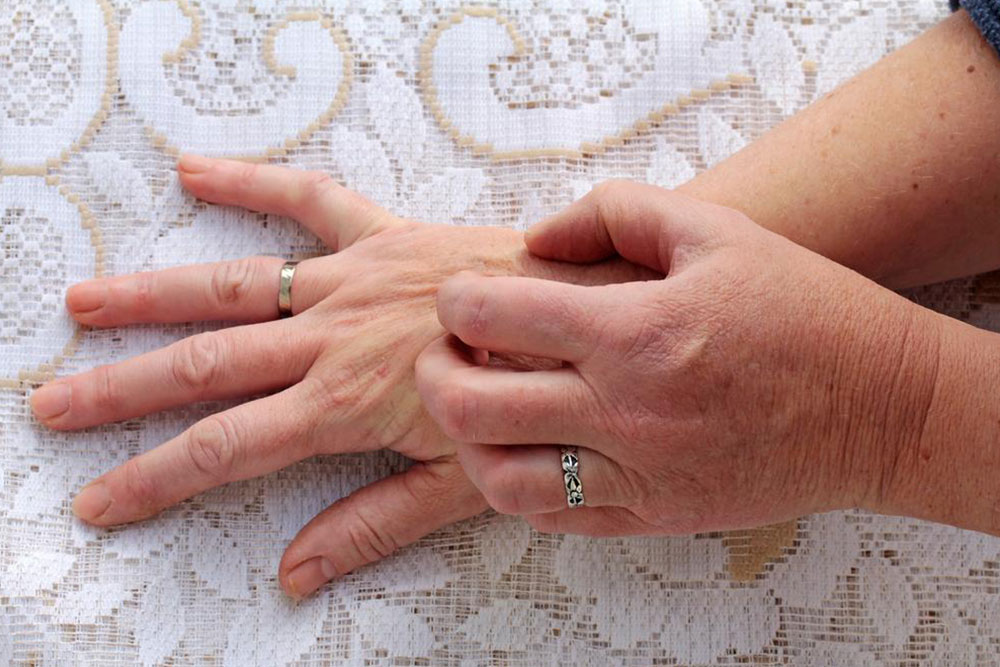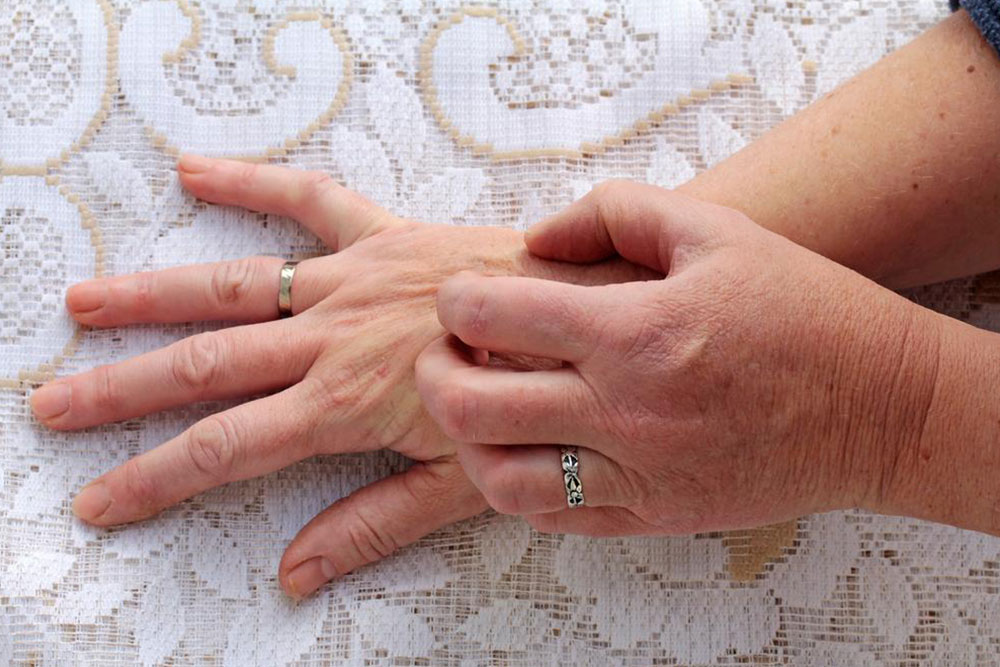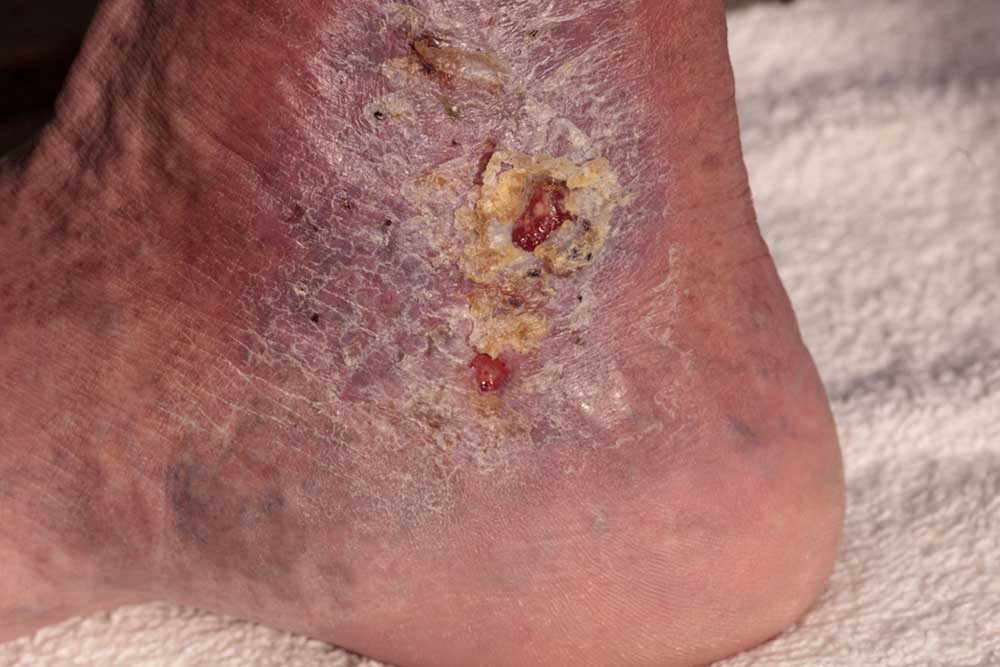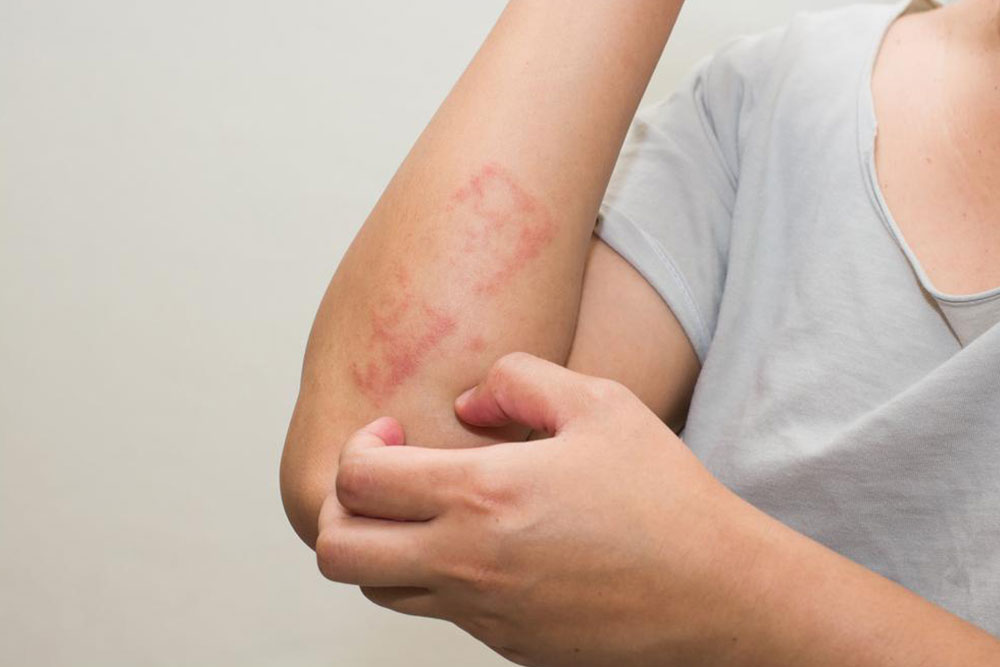Understanding Scabies: Causes, Prevention, and Natural Remedies
Discover the causes, symptoms, prevention strategies, and natural remedies for scabies. Learn effective ways to protect yourself and your loved ones from this highly contagious skin condition. Early detection and proper treatment, including home remedies, can help manage discomfort and prevent outbreaks.
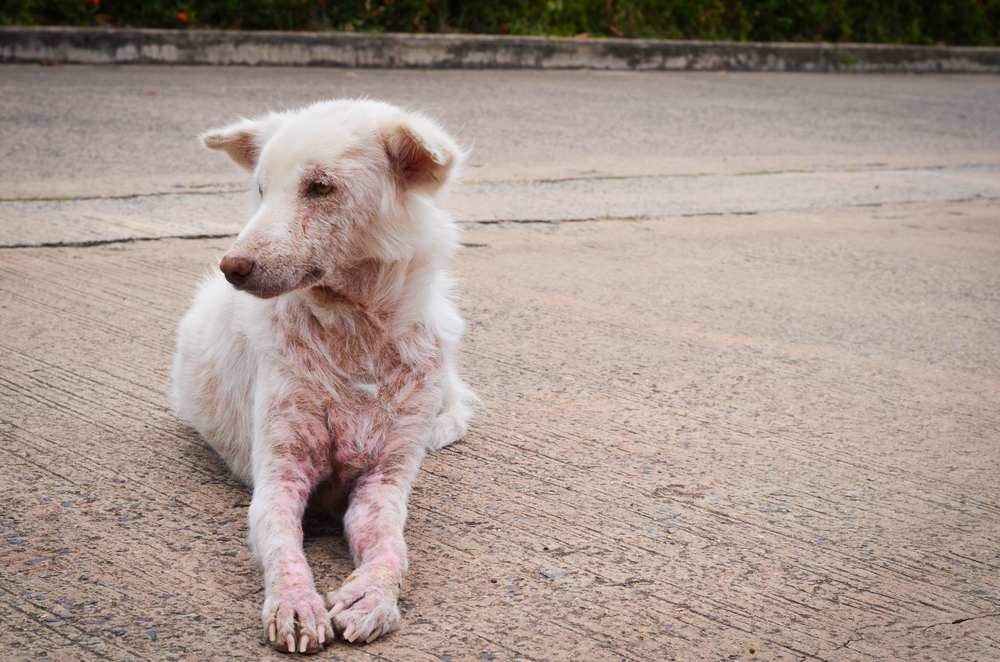
Understanding Scabies: Causes, Prevention, and Natural Remedies
What is scabies and how to prevent it
Scabies is a contagious skin condition caused by the microscopic mite Sarcoptes scabiei. These mites burrow into the skin to lay eggs, leading to red, itchy bumps characteristic of a scabies rash. If untreated, the mites can survive under the skin for months, multiplying rapidly. Globally, there are roughly 130 million active cases at any time. The disease spreads mainly through prolonged skin contact and can also transmit via infected bedding, clothing, and personal items. Preventative measures are essential to avoid infection and outbreaks.
In severe cases, the condition worsens into Norwegian scabies, marked by thick crusts containing thousands of mites and eggs. This form is highly contagious, requiring prompt, aggressive treatment for affected individuals and close contacts. Notably, symptoms may take up to two months to manifest after initial infection. However, transmission can occur immediately after contact, emphasizing the importance of preventive practices.
How scabies spreads
Even after infection, symptoms may take weeks to appear, but transmission can happen right away. The mites spread chiefly through prolonged skin-to-skin contact, including interactions with infected individuals or animals like pigs and rabbits. Norwegian scabies, a more severe form, can spread through brief contact or exposure to contaminated bedding, clothing, or furniture.Prevention tips for scabies
Avoid direct contact with infected persons and their belongings such as bedding and clothing.
Wash and dry all contaminated linens and clothes in hot water, preferably using a washing machine. Items should be thoroughly dried or dry-cleaned to eliminate mites.
Seal items that can't be washed or disinfected in a plastic bag for at least a week to prevent mite survival.
Home remedies and natural treatments for scabies
While scabies is a distressing condition, it responds well to treatment. Medications are usually prescribed to eradicate mites and their eggs, often for the entire household. Several natural remedies can aid in relief and mite control:
Tea Tree Oil – Known for its antimicrobial properties, tea tree oil can soothe itching and has disinfectant qualities. Mix a few drops in a spray bottle and apply to bedding and clothes. Note: It doesn't kill mites embedded deep in the skin.
Neem – Neem possesses anti-inflammatory and antiparasitic properties. Applying neem oil or using neem-based soaps and creams helps alleviate symptoms and combat infection.
Aloe Vera – Recognized for its skin-healing effects, pure aloe vera gel can reduce irritation and aid in healing. It is comparable in effectiveness to prescription treatments.
Cayenne Pepper – Capsaicin in cayenne can reduce itching and discomfort. Use with caution, and perform a patch test before topical application.
Clove Oil – An insecticidal agent effective against mites from animals, clove oil may provide natural relief. Continued research aims to identify more natural remedies.
Despite the discomfort, early detection and timely treatment—including natural options—can effectively control scabies. Stay vigilant and seek medical advice promptly.

